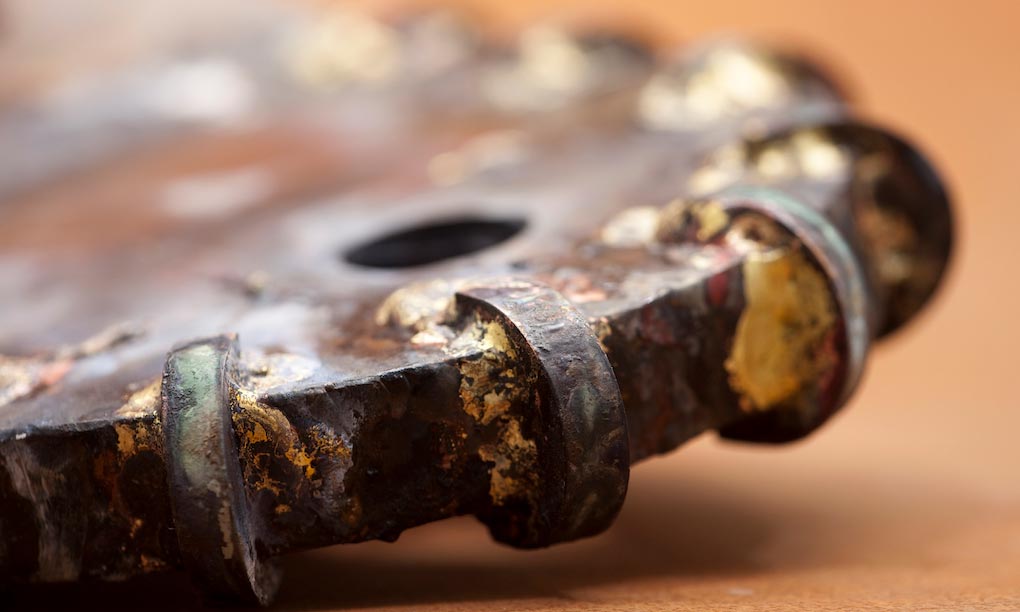Why You Aren't Getting the Most Out of Your Tool.
Nov 7, 2016

Tools only fail downhole. Which means if the pilot tool goes down, the entire project comes to a halt. Tripping out, lost or damaged tooling, downtime, and a potential lost pilot bore all cost time and money.
Below are the top four causes of premature tool failure and suggestions on how to avoid them.
1. Over Steering & Heavy Pushing
Experienced drillers will tell you the trick to a successful bore is patience. Equipment, planning, and experienced are all important factors in making the pilot shot, but patience and letting the tool work is the single most common advice. Over steering and extensive thrust adds undue stress to the pilot tool and pipe joints, causing fatigue. The excessive force might not cause immediate tool failure. In many cases the damage occurs over the course of several bores leading to eventual failure, often in softer ground conditions.
Remind your operators to keep steering and course corrections to around 5% and keep your drill pipe’s prescribed bend radius and ground conditions in mind. Most of all, have patience. Always give the tool time to fracture, cut, grind, and suspend the spoils.
2. Lack of Fluid
Another popular piece of advice from drilling veterans is “Always use MUD!” It plays a critical role in the suspension and removal of cuttings, holding the completed pilot hole, and lubricating the bore hole.
The use of bentonite and other additives will more than offset their cost by increasing the probability of a successful bore, not to mention the time savings associated with reaming and installing product in a well-developed hole.
3. Poor Upkeep & Inspection
As mentioned above, it is possible for HDD tools to sustain damage or wear over the course of several bores, only to fail during a subsequent job. This highlights the critical need to clean, inspect, and repair tools. It is important to flush and clean your tooling after each bore. Failing to adequately flush pilot tools and reamers will allow bentonite and other additives to solidify in the fluid passages of the tooling, such blockages can result in pump damage, internal tool damage and possible the loss of the next bore.
Always remove and re-apply grease to exposed threads and use thread protectors. Before every bore it is recommended to inspect your tooling for signs of stress and wear. Small stress cracks will tend to form around base of male threads, sonde housings will show signs of wear and stress around the door area and transmitter slots. With pilot bits, always inspect the area around bolts, cutting teeth or high wear areas. A few minutes of routine inspection beforehand, can save hours (or days) of downtime with a tool lost downhole.
4. Using the Wrong Tool
In many cases pilot tools fail from simply being used in the wrong application or conditions. The process of selecting the proper tool is complex and well-worth the time it takes to master, but failing to select the optimum tool for each ground type (rock, cobble, sand ) and application (pulling steel, poly, size) is a common factor in tool related downtime. Even if the tool selected happens to work, it might not be the most cost effective or efficient option.
As always, we talk to drillers on a daily basis. We are always happy to share product knowledge and suggestions for your HDD project.

